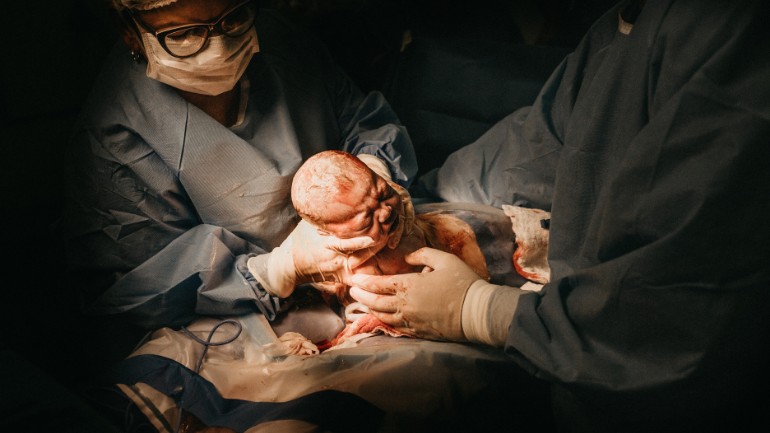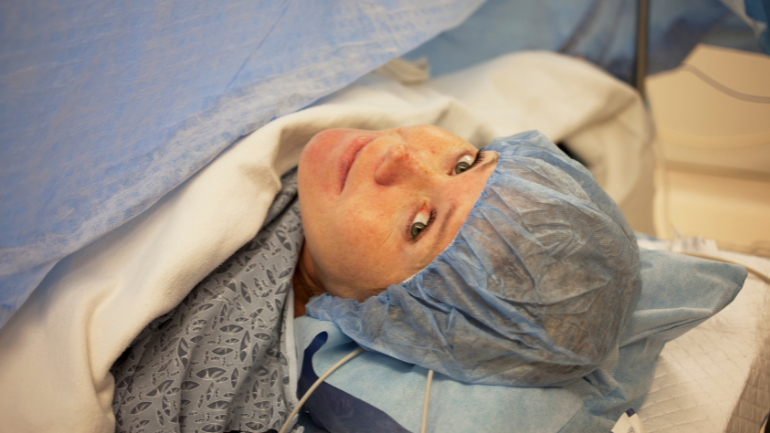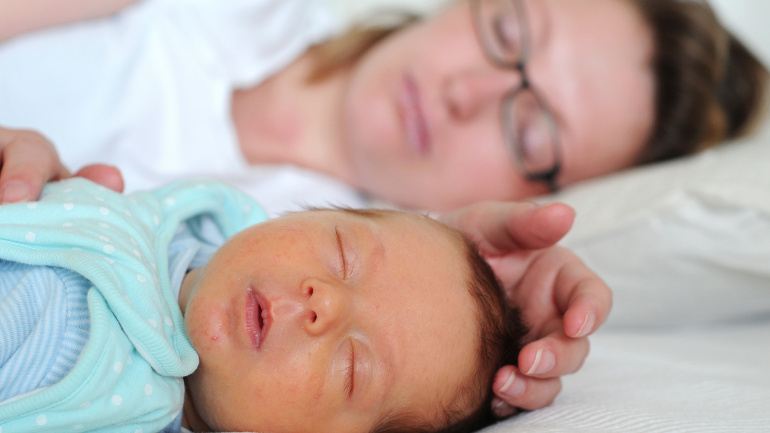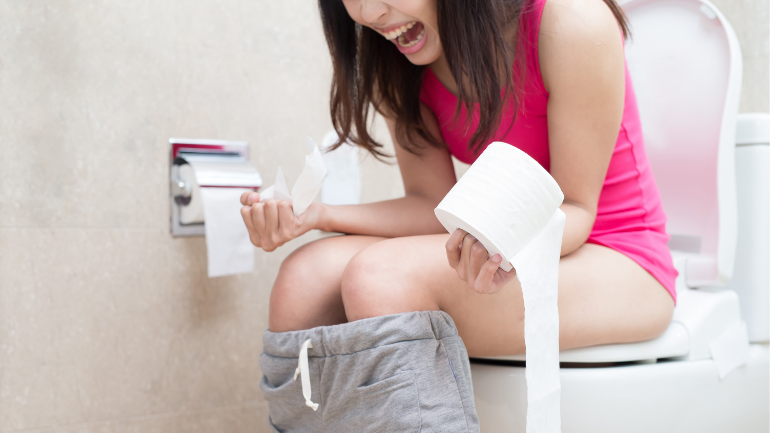C-Section Recovery: Our Top 5 + 5 Tips
And The Things No One Tells You
If you are planning a c-section,
or if you just got home from the hospital after one,
this post is for you.
But they are still a major surgical procedure. A surgical procedure through which a baby is born via incisions into the abdomen and the uterus. That is a pretty big combo: MAJOR SURGERY + BIRTH!

And just because it’s common doesn’t make it easy.
- Don’t drive for 6 weeks
- Don’t lift anything heavier than your baby for 6 weeks
Often that’s it! And quite frankly, that guidance is NOT ENOUGH.
Here are 5 tips you need to know to help optimize your C-section recovery…
(and if you would like another 5, sign up for my Top 5 + 5 list below ⬇️)
1. Prepare For The Pain
So, after a c-section, it can be normal for it to hurt when we get in and out of bed, or take a shower, or get up and down from a chair. HOWEVER, it is vitally important that you stay on top of your pain. Even if you are a person who typically doesn’t take pain medication, have a plan. Know your options.
Keeping your pain well controlled is essential to decrease the stress on your body.
We need to decrease our fight-or-flight response and stress in our bodies in the postpartum period for two very important reasons:
-
- To help establish lactation (feeding and bonding with our infants is not particularly helped by pain).
- To heal well (higher levels of stress slow the healing process)
Again, to optimize your c-section recovery, know your options and have a plan for pain. Now is not the time to be tough. Now is exactly the kind of time pain meds are meant for.

2. Move Slowly and Cautiously
Movement could really feel different for a while. Maybe it’s going to be awkward. It could hurt. All of that is okay and normal.
So here’s a tip: When I say move slowly and cautiously, just try “inching” around. Little bits of movement by little bits. In bed or on the couch. Day by day, it will slowly get better.
DO NOT try to just sit up in bed. Trust me, it hurts.
3. REST, REST, REST
For some people this sounds crazy, but: Stay in bed as much as possible for the first week. Have the baby and your food brought to you. Only get up to go to the bathroom regularly. This is genuinely a time to take care of yourself and baby, and get help with everything else. This might seem conservative, but clinically I see it work really well to have people stay in bed as much as possible the first week, and then stay around the house for the second week.
What they may not have mentioned at the hospital is that they had to cut through many layers in your abdomen in order to get from the outside of your body all the way inside your body to your uterus and then to your baby.

What I like people to understand from this idea of layers is that there are a lot of different kinds of tissues that get opened up to allow the cesarean birth. And what often isn’t talked about is that different kinds of tissues heal at different rates.
Regardless, in the first two weeks after birth – all of the tissues are undergoing major healing and they need REST.
But after those two weeks, some tissues (like muscle) will heal faster and some tissues (like connective tissue) will need more time to heal. You might still need a whole lotta rest!

NO ONE SAYS THAT!
But lots of people wish they had taken it easier and rested more. Friends, please take home this message from those of us who overdid it in the beginning. You don’t need to make the same mistakes during your c-section recovery! Rest, rest, rest!
4. Use A Step Stool
Use a step stool!
During your c-section recovery your body does AMAZING healing work at the cellular level that you can’t see (and some that you can see – your scar’s appearance will change a lot over the coming months). Just because you can’t see it though doesn’t mean major stuff isn’t happening. Make life easier for yourself whenever you can.
Therefore, use a step stool to help you climb up into bed. Use a step stool in the kitchen to get down a glass. Use a step stool under your feet to support your legs and pelvis when you are going to the bathroom (hello squatty potty!).
It’s not forever, its just for now. Making movement easier can really help you feel better.
***SIDE NOTE***
It’s also worth mentioning at this point that there is a lot of variability in how people recover from c-sections. That might be why it looked so easy for your neighbour, and why it might seem way more challenging for you – or vice versa. Emergency c-sections after a long labour may also be more challenging to recover from a planned c-section, but that also depends. There are a lot of different factors that apply to us as individuals and to our individual healing.
Because of this, if it feels like c-section recovery is hard for you – that’s because it totally can be SUPER HARD.
Make it easier – use some supports – including the step stool 😉
5. Get A Stool Softener
There are a lot of scary stories floating around the internet about that first poop after having a baby. The stories exist after both vaginal births and cesarean births. However, this is one area you can also make it easier on yourself.

- fluids going to milk production
- a lack of physical body movement
- the use of pain meds
All of this can all be constipating.
However, your pelvic organs need as much support as possible during this time. The ligaments that hold up your uterus and pelvic organs are by no means healed yet and they are still soft and stretchy. Your organs also had to move a lot to accommodate the growing baby in your belly. And, your organs were likely moved around again a bit during surgery.
So be nice to your organs!
And that means no pressure or straining to have a bowel movement! Don’t wait for your stool to become large or hard before you address constipation. Be proactive in this area and get a stool softener in advance to help your c-section recovery. Not sure what kind or which brand? Talk to your doctor or pharmacist (if you are lactating, you will want to consider what’s safe, so definitely ask an expert).
And don’t forget the step stool! 😉😉😉
~Mandy

